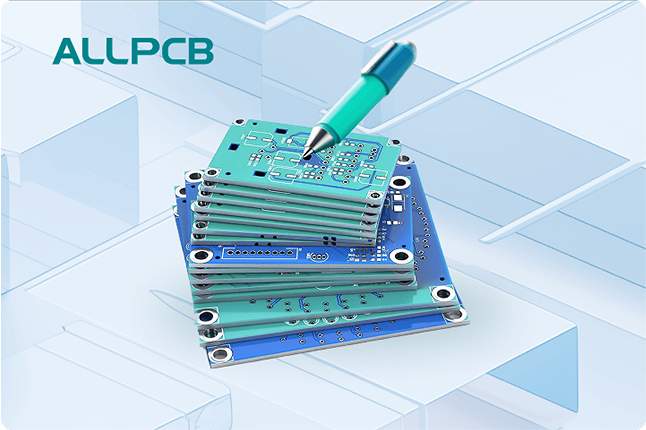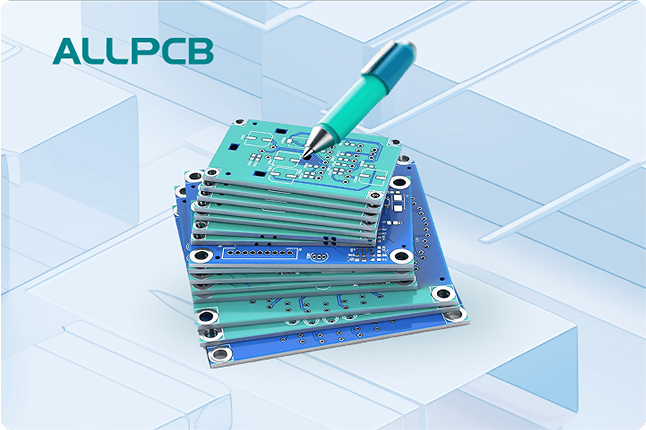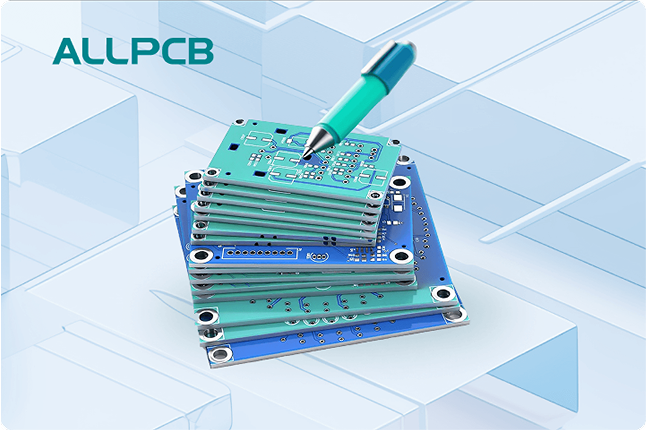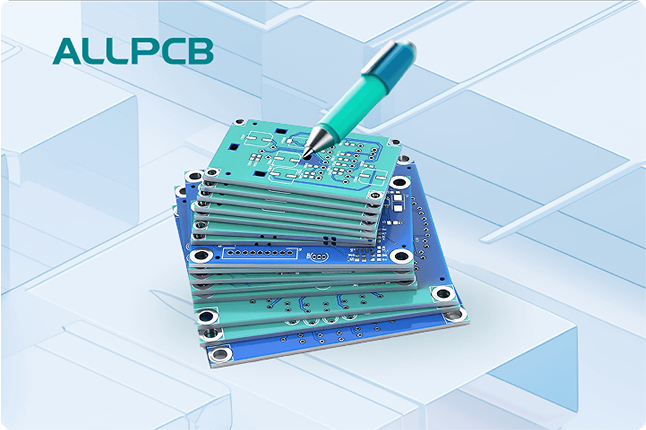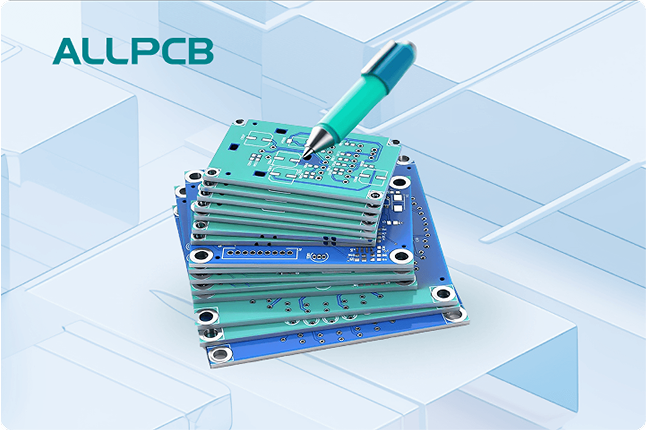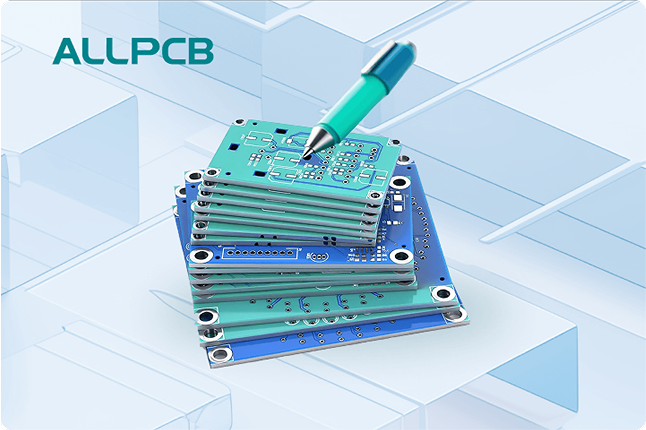What is a Solder Mask Bridge in PCBs?
A solder mask bridge, also known as solder mask dam, is an unintended connection of solder mask material between adjacent pads or traces on a PCB. The solder mask is applied to prevent the solder from flowing where it's not intended. However, manufacturing errors or design issues can cause the mask to extend beyond its intended area, creating a bridge between pads.
Solder mask bridges can lead to short circuits or electrical malfunctions, particularly in high-density designs with minimal spacing between pads. To prevent this, proper design, manufacturing processes, and inspections are crucial. Designers should ensure adequate spacing, and appropriate mask relief values, and conduct thorough testing during PCB fabrication.
Purpose of a Solder Mask Bridge
The primary function of a solder mask bridge is to prevent solder from flowing between two closely spaced pads or pins during the soldering process, particularly in surface-mount technology (SMT). Without this barrier, molten solder could create short circuits by bridging the gap between adjacent pads, leading to malfunction or failure of the circuit. By acting as a "dam," the solder mask bridge ensures that the solder remains confined to its intended area, improving the reliability and quality of the PCB assembly.
This feature is especially important in high-density PCB designs, where components are placed closer together, and the spacing between pads (known as the pitch) is minimal. For example, in fine-pitch components like quad flat packages (QFPs) or ball grid arrays (BGAs), the solder mask bridge helps maintain precision during soldering.
How It Works
During PCB fabrication, the solder mask is applied as a liquid or dry film over the entire board and then selectively removed from areas where soldering is required, such as pads and vias. The solder mask bridge is intentionally left intact between two pads when the design requires separation. The width and thickness of the bridge are determined by the PCB manufacturer's capabilities and the design specifications. Typically, the minimum width of a solder mask bridge depends on the precision of the solder mask application process—modern manufacturers can achieve bridges as narrow as 3-4 mils (0.075-0.1 mm), though this varies based on equipment and materials.
Design Considerations
Spacing Requirements: For a solder mask bridge to be feasible, the spacing between pads must exceed the minimum bridge width supported by the PCB fabricator. If the gap is too small, the solder mask may not form a reliable barrier, and a "no-bridge" design (solder mask opening) might be used instead.
Solder Paste Application: In SMT assembly, the stencil design must align with the solder mask bridge to ensure proper solder paste deposition. Misalignment can defeat the bridge’s purpose.
Component Type: Soldermask bridges are more common with components that have closely spaced leads, such as integrated circuits (ICs) with fine pitch. For larger components or wider spacing, bridges may not be necessary.
Advantages of Soldermask Bridges
Short Circuit Prevention: By blocking solder flow, they reduce the risk of electrical shorts.
Improved Yield: Fewer defects during assembly lead to higher production success rates.
Cost-Effectiveness: They eliminate the need for additional processes or materials to manage solder flow in tight spaces.
Recommended Reading: The Importance of Solder Mask in PCB Fabrication: Protection and Performance
Limitations
Fabrication Limits: Not all PCB manufacturers can produce very narrow solder mask bridges, which may restrict their use in ultra-high-density designs.
Thermal Stress: In some cases, the solsolder maskidge can crack or peel under thermal stress during soldering or operation, though this is rare with modern materials.
Related Knowledge: Solder Mask and PCB Assembly
The solder mask bridge is just one aspect of the broader solder mask layer in PCB design. The solder mask itself is typically made from epoxy-based polymers and comes in various colors (green being the most common, though blue, red, black, and white are also used). Beyond preventing solder bridges, the solder mask protects the PCB from environmental factors like dust and moisture, and it enhances the board's aesthetic appeal.
In advanced PCB designs, engineers may opt for alternatives to solder mask bridges, such as solder mask-defined (SMD) pads or non-solder mask-defined (NSMD) pads, depending on the application. SMD pads rely on the solder mask to define their boundaries, while NSMD pads expose more copper, offering different soldering characteristics.
Additionally, the concept of a solder mask bridge ties into the broader topic of design for manufacturability (DFM). PCB designers must balance the need for functionality with the limitations of fabrication and assembly processes. Tools like Gerber files and DFM checks ensure that solder mask bridges are correctly implemented and compatible with the chosen manufacturing process.
Suggested Reading: What Are the Differences Between Paste Mask and Solder Mask?
 ALLPCB
ALLPCB


